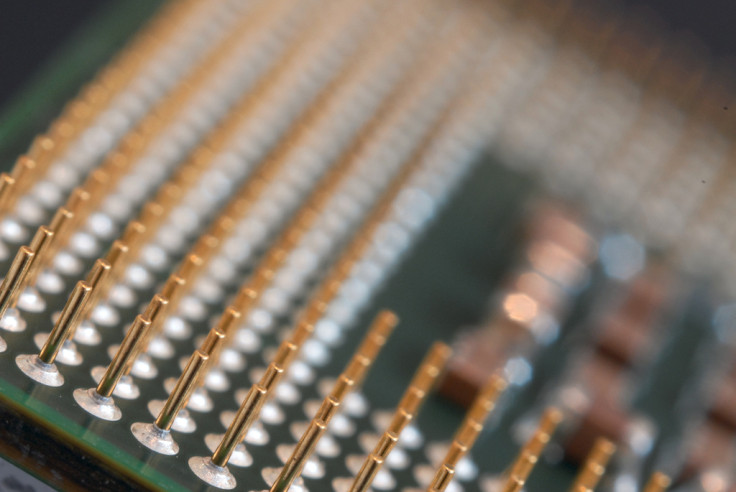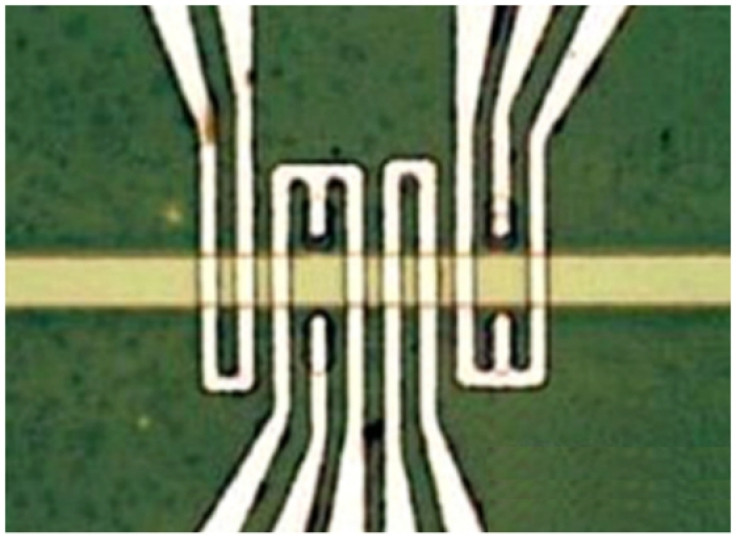UCLA Computer Programmers Boost Processor Efficiency by 100,000%

A team of engineers from California has discovered a new method to increase the power efficiency of computer processors by up to 1,000 times, or 100,000%.
The team from the UCLA Henry Samueli School of Engineering used multiferroics, an emerging class of magnetic materials capable of reducing the amount of power consumed by microprocessors.

Power travels through multiferroic materials in a cascading wave of spinning electrons - known as spin waves - without involving heat-producing transistors in the way that today's device processors do.
"Spin waves open an opportunity to realise fundamentally new ways of computing while solving some of the key challenges faced by scaling of conventional semiconductor technology, potentially creating a new paradigm of spin-based electronics," said professor Kang Wang, lead engineer and director of the Western Institute of Nanoelectronics.
The discovery could see an end to overheating laptops and other devices because heat would no longer be significant produced by processing functions.
As devices and processors continue to get smaller, the amount of power wasted through escaped heat will continue to grow. The improvements made by the researchers from UCLA could lead to a new generation of energy-efficient devices.
"Electrical control of magnetism without involving charge currents is a fast-growing area of interest in magnetics research," said Pedram Khalili, co-author of the research and assistant adjunct professor at UCLA.
"It can have major implications for future information processing and data-storage devices, and our recent results are exciting in that context."
© Copyright IBTimes 2024. All rights reserved.






